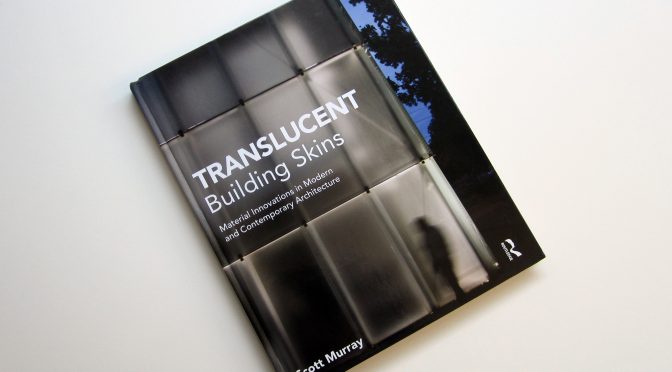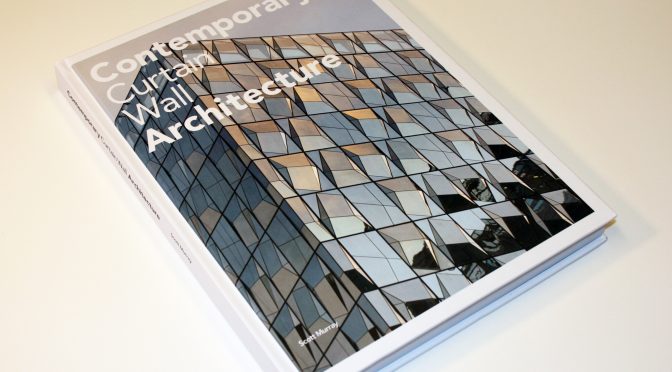
by Scott Murray
Routledge, 2013.
Hardcover and paperback, 8.5” x 11”, 200 pages, 180 illus.
Exploring the design of innovative building enclosure systems in contemporary architecture and their precedents in earlier twentieth-century modern architecture, this book by Scott Murray examines the tectonics, the history, and the influence of translucency as a defining characteristic in architecture. Each chapter presents a comparative analysis of two primary buildings: a recent project paired with a historical precedent, highlighting how architects in different eras have realized the distinctive effects of translucent glazing in building facades. Research for this book was supported by grants from the William and Flora Hewlett Foundation, the Alan and Leonarda Laing Foundation, and the Campus Research Board at the University of Illinois.

by Scott Murray
Princeton Architectural Press, 2009.
Hardcover, 10” x 12”, 264 pages, 425 illus.
In his book Contemporary Curtain Wall Architecture, Scott Murray traces the evolution of the curtain wall, from early skeleton-frame structures of the past to today’s complex and technologically advanced configurations. Presenting twenty-four detailed case studies of exemplary structures completed in the twenty-first century, he reveals the curtain wall as one of the most enduring and malleable concepts of contemporary architecture, capable of adapting intelligently to site constraints, utilizing resources efficiently, and offering unprecedented opportunities for innovations in digital design and fabrication, material detailing, and aesthetic expression. Research for this book was supported by a grant from the Graham Foundation for Advanced Studies in the Fine Arts. A review of the book in the Library Journal stated that “this book will serve as an essential supplement to Konrad Gatz’s seminal Curtain Wall Construction (Praeger, 1965) and Herman Sands’s Wall Systems: Analysis by Detail (McGraw-Hill, 1986),” and that “it would serve as an essential text in any course on 21st-century architectural developments.”
SCHOOL OF ARCHITECTURE, UNIVERSITY OF ILLINOIS AT URBANA-CHAMPAIGN


